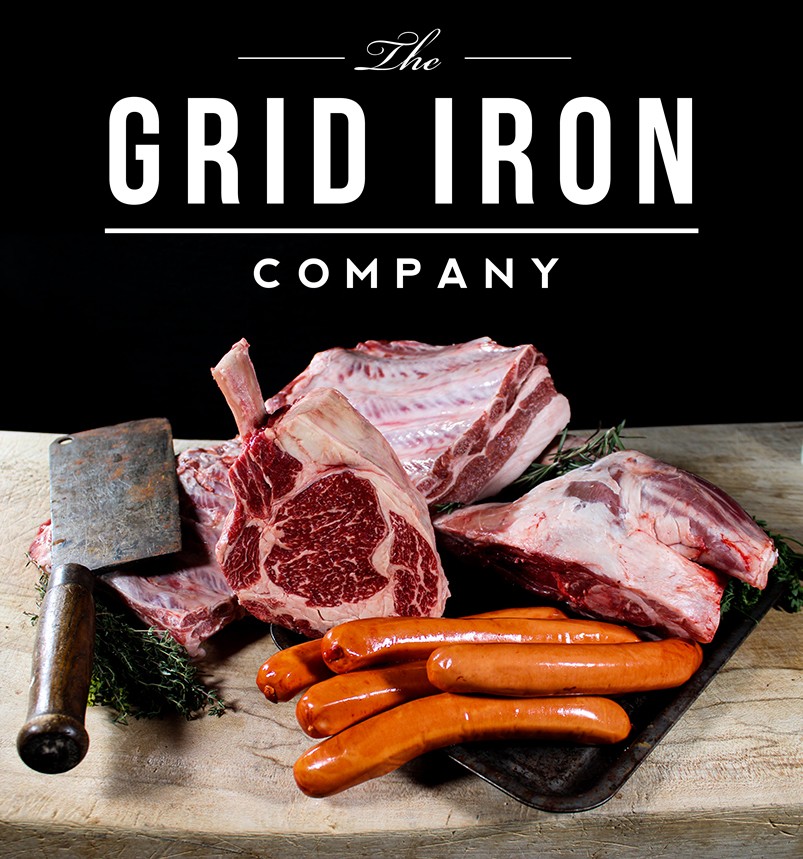Belted Galloway beef is highly regarded for its distinctive qualities, particularly in terms of flavour, texture, and health benefits. These attributes are a result of the breed’s unique characteristics and the way they are typically raised.
The beef from Belted Galloways is known for its rich and full flavour, which is often attributed to the varied diet the cattle have when they are grass fed. The meat tends to be tender, with a good balance of lean meat to fat. This breed’s beef is often described as having a deep, almost earthy flavour, which is a result of the grass-fed diet and the outdoor lifestyle the cattle lead.
One of the notable aspects of Belted Galloway beef, like other native breeds is its marbling – the small flecks of fat within the muscle. This marbling is a key factor in the flavour and tenderness of the beef. Despite this, the overall fat content of Belted Galloway beef is typically lower than some other breeds. This is partly due to the breed’s natural ability to grow a thick coat of hair, reducing their need to develop a thick layer of body fat for insulation.
Belted Galloway beef is often leaner than many other types of beef, which can make it a healthier option. It is a good source of essential nutrients like protein, iron, and B vitamins. Additionally, if the cattle are grass-fed, their meat can have a higher content of omega-3 fatty acids, which are beneficial for heart health.
The farmers who raise our Belted Galloways focus on quality over quantity, with a strong emphasis on natural and sustainable farming practices. This approach leads to a more consistent and high-quality product. The breed is also known for its hardiness and the ability to thrive in the various climatic conditions of North Yorkshire and the Dales.
The natural grazing habits of Belted Galloways, combined with the typical sustainable farming practices used in raising them, mean that Belted Galloway beef can have a lower environmental impact compared to beef from more intensively farmed breeds.
This presents a unique opportunity to leverage the natural strengths of this breed in an environment that is well-suited to their characteristics. The region’s climate, terrain, and agricultural practices play a significant role in shaping the rearing and management of these cattle.
North Yorkshire and the Yorkshire Dales are known for their variable terrain, which includes upland areas, valleys, and moorlands. This diverse landscape, with its often challenging weather conditions, is ideal for the hardy Belted Galloway cattle. Their double coat of fur, with a soft undercoat and longer outer hairs, provides excellent insulation against the cold and wet climate, reducing the need for extensive indoor housing and allowing for year-round grazing.
The region’s extensive grasslands provide an excellent grazing resource for Belted Galloways. These cattle are adept at foraging and can thrive on the less fertile upland pastures, which are a common feature in North Yorkshire and the Yorkshire Dales. This ability to efficiently convert rough forage into quality meat is economically beneficial for farmers, especially those practicing sustainable and extensive farming methods.
Belted Galloways are well-regarded for their environmental benefits. They can play a role in managing and maintaining the landscape of the Yorkshire Dales, contributing to biodiversity and the health of the ecosystem. Their grazing habits can help in controlling shrub growth and maintaining open grasslands, which is beneficial for local flora and fauna.
Celebrating Heritage, Sustainability, and Taste

Order online from our selection of locally-sourced, high-quality Yorkshire native breed meat and charcuterie, plus our range of carefully curated artisan food products, including cheeses, jams, and preserves.